Using MATLAB I apply Matching Pursuit to approximate a signal. My problem is that I struggle to visualize the time-frequency representation of the selected atoms. I'm trying to produce a Wigner plot similar to the following image (source).
I have looked into the Wavelet Toolbox, Signal Processing Toolbox as well as the open source Time-Frequency Toolbox, but I'm possibly just using the wrong parameters, since my experience with signal processing is quite limited.
Example
Using this data my goal is to reproduce the plot from above.
% fit the signal using MP
itermax = 50;
signal = load('signal.txt');
dict = wmpdictionary(length(signal));
[signal_fit, r, coeff, iopt, qual, X] = wmpalg('OMP', signal, dict, ...
'itermax', itermax);
% wigner plot of the simulated signal
tfrwv(signal_fit) % wigner-ville function from time-frequency toolbox
% wigner plot of each atom
atoms = full(dict(:, iopt)) % selected atoms
for i = 1:itermax
tfrwv(atoms(:, i))
end
Unfortunately, none of the resulting plots comes close to the target visualization. Note, that in the example I use tfrwv with standard parameters which I tweak with the GUI that it opens.
I'd greatly appreciate your help.
Update
I think I have now understood that one needs to use Gabor atoms to get blobs with shapes resembling stretched gaussians. Unfortunately, there are no Gabor functions in the predefined dicts of the Signal Processing Toolbox. However, this question helped me in implementing the needed dictionaries, such that I get atoms which look quite similar to the example:
Since my plots come close but are not perfect, there are still two questions open:
- Can all of the blobs that we see in the first example be modeled by Gabor atoms alone, or do I need another dictionary of functions?
- How can I combine the indidividual imagesc plots into a single visualization?



